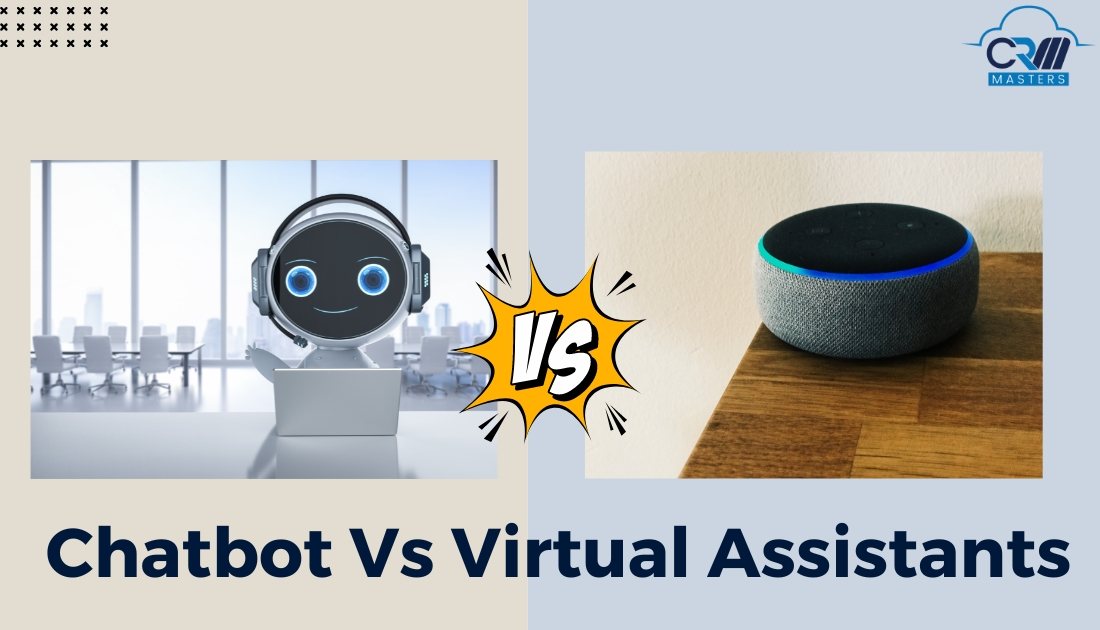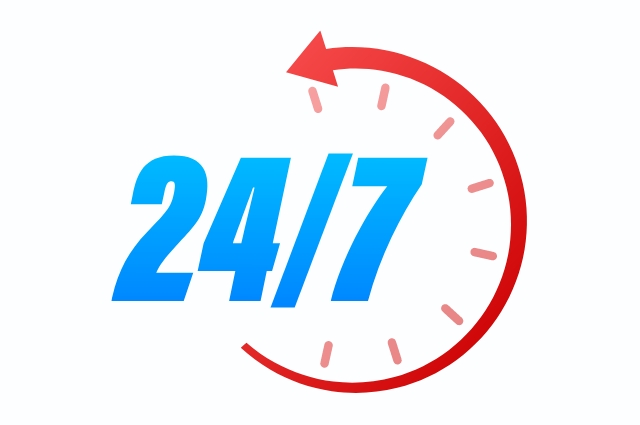
Chatbots Vs Virtual Assistants- What’s the Difference
Today, AI is not only improving organizations’ and businesses’ growth, but it’s also having an impact on our everyday lives. Chatbots and Virtual Assistants both are part of AI but What’s the Difference? It’s easy to confuse chatbots and Virtual Assistants. Both are AI-powered computer programs that can interact with human users, but they have different designs, functions, and goals.
In this blog, we will learn more about the difference between Chatbots and Virtual Assistants.
What is a Chatbot?
Chatbots are computer programs that communicate with users in a human-like manner through text or audio. Some of the functions that a chatbot can perform include providing instructions to customers to accomplish a task, collecting and sharing information such as product or contact information from customers, scheduling appointments using a calendar, and connecting with a knowledge base (such as a self-service portal) to provide customers with real-time support.
Features of Chatbot

- 24×7 Customer Engagement:- Its primary purpose is to connect with customers 24×7 and provide instant answers to their most common questions instead of just performing administrative tasks.

Lead Generation - Increase Lead Generation:- Chatbots are designed to capture the intent of the user and understand the context of the conversation better than respond more naturally.
What are Virtual Assistants?
A virtual assistant is a software program that helps businesses with administrative tasks, such as setting up appointments, responding to emails, and more. A virtual assistant responds to requests from users who do not wish to speak to a human being directly but want to resolve their issue as quickly as possible.
Features of Virtual Assistants
- Handle Various Customer Requests:- Siri, Alexa, Cortana, and other virtual assistants are becoming increasingly popular among consumers to help them with a variety of tasks in their day-to-day lives.
- Make Daily Life smooth and easier:- There are a lot of virtual assistants out there, and they’re here to help us out, make things easier, make decisions easier, or just have a good time.
Difference Between Chatbots and Virtual Assistants
A virtual assistant helps with the day-to-day operations of a business, while a chatbot provides customer service. However, they are both conversational interfaces. Organizations must be aware of the distinctions between the two to use them effectively.
1) They use Different Technologies
Chatbots can be governed, machine learning (ML)-powered, or context-based. This means they can operate at different levels of complexity. A rule-based chatbot is based on a decision tree, with interactions via buttons and a collection of predefined or pre-scripted responses. An ML-powered chatbot works by learning customer inputs and requests over time through continuous learning. Context-based or AI chatbots use AI, ML, and NLP algorithms to continually learn and remember context to personalize interactions.
AI assistants use NLU (Natural Language Understanding) and AI (Artificial Emotional Intelligence) to better understand natural language commands and learn from them. They also integrate with and collect data from search engines such as Google and Bing.
2) They Exhibit Varying Levels of Intelligence
Most chatbots can only respond to questions that have been pre-programmed. They can have short, direct conversations. Chatbots break down conversations into smaller chunks, providing a structured and digestible format for the program to convey context at all times.
While virtual assistants are trained to comprehend the language of humans and can engage in long-form conversations, they are unable to consistently assess context. They are trained to comprehend human slang, human empathy, and human emotions expressed through language.
3) Deployed On Different Channels
Chatbots are used on websites, portals, and messaging apps such as WhatsApp and Facebook Messenger. They are also used in mobile applications and embedded chat widgets. Chatbots have a conversational UI (UI) that allows users to communicate conversationally.
Virtual assistants come in a variety of forms, including chat-based interfaces, voice commands, and no-interface devices such as Google Home or Amazon’s Echo.
4) Interface is Different
Chatbots, on the other hand, have a CUI (Communication User Interface) that allows them to communicate conversationally.
Virtual assistants can also have a chat interface and can communicate with voice commands without a CUI.
Which is Better: Chatbot or Virtual Assistant?
If you want to enhance your customer experience and support operations within your company, you’ll want to choose a chatbot with these features. On the other hand, if you are looking to increase your productivity, you will need a Virtual Assistant that can assist you in delegating and completing tasks. While both are AI-based products, they serve different purposes and are used in different ways.
Increase Your business with Zoho’s Zia and SalesIQ
Zoho provides a collection of business productivity applications, and Zia excels at connecting to these apps. This makes it easier to work with Zoho products than with other virtual assistants that require more complicated setups.
Zobot is one of the most powerful chatbot-building platforms available on Zoho SalesIQ. It’s not just a chatbot builder, it’s a full-service platform built to help your business grow.
Contact CRM Master’s Infotech, a Zoho Integration Partner that helps you to implement Zoho ZIa and Zoho SalesIQ for your business.













